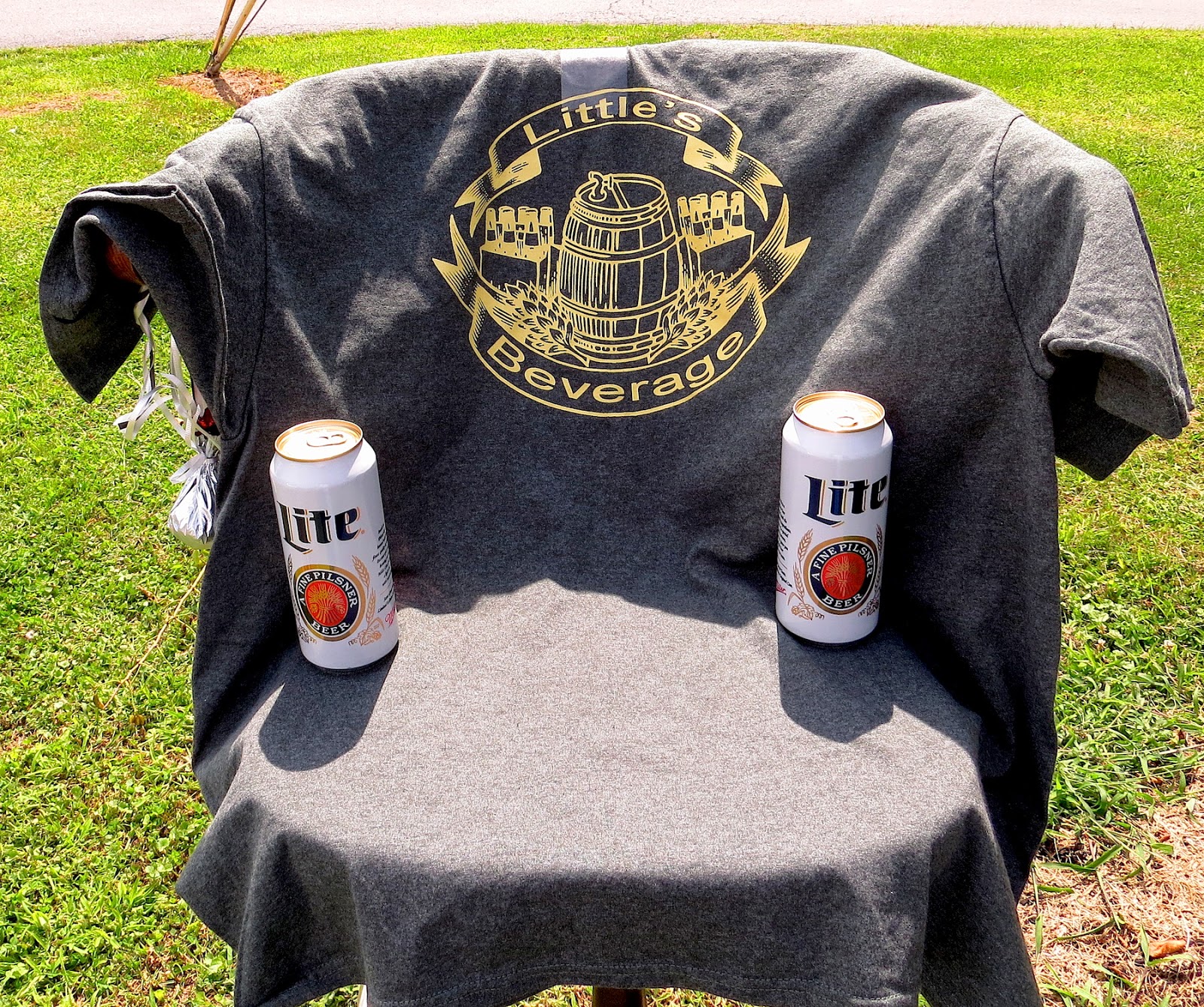[Following is an article submitted to this website today. I added the title and graphic.]
Over the years, I have heard (repeatedly) how high the taxes are in Columbia Borough. I was born here and have been a property owner since 1986. When I was young, I simply accepted whatever the taxes were and paid them without question. Taxes were part of the mortgage payment and therefore I (like many other young people) made the payment and ignored the tax part. The closer I get to retirement, the more I realize it may be impossible to continue living in this borough. I wanted to see what other options might be available and this became quite an eye-opener. Hearing that taxes are "high" is not enough, we need to look closer to see clearly just how high they really are.
Currently, there are a few homes for sale that have a Columbia address, but are actually in West Hempfield.
I found an example of this with two homes of comparable square footage and selling price, both with Columbia addresses, but one sitting in West Hempfield Township. The annual property tax was 1,667.00 dollars higher in Columbia. That is enough to pay a winter heating bill for one year/season. For a person in retirement, that is a chunk of change.
I found an example of this with two homes of comparable square footage and selling price, both with Columbia addresses, but one sitting in West Hempfield Township. The annual property tax was 1,667.00 dollars higher in Columbia. That is enough to pay a winter heating bill for one year/season. For a person in retirement, that is a chunk of change.
The following scenario is based on a home worth 150,000 dollars, as well as good health:
A homeowner in Columbia, planning to retire at 62 years and live in their home until he or she reaches age 82 will pay well over 120,000.00 dollars in property tax to Columbia Borough during that 20 year period. Obviously that amount will rise, but is based on no increase for the sake of this study. That is like paying for the home twice. The average tax bill will be 500.00 a month! We never actually OWN the home, even if the mortgage is paid, we rent it from the borough. If homeowners were billed $500.00 a month for taxes, I wonder how many would be delinquent. That 120,000.00 dollars does not include all the tax money paid to the borough prior to retirement.
A homeowner in Columbia, planning to retire at 62 years and live in their home until he or she reaches age 82 will pay well over 120,000.00 dollars in property tax to Columbia Borough during that 20 year period. Obviously that amount will rise, but is based on no increase for the sake of this study. That is like paying for the home twice. The average tax bill will be 500.00 a month! We never actually OWN the home, even if the mortgage is paid, we rent it from the borough. If homeowners were billed $500.00 a month for taxes, I wonder how many would be delinquent. That 120,000.00 dollars does not include all the tax money paid to the borough prior to retirement.
The last part that grabbed my attention was a "three- building" rental property for sale in the borough with an annual property tax of 10,762.00 dollars. This property has 13, one-bedroom units, and one commercial space. There is the potential for 13 to 26 people to reside in this apartment building. The tax on one, single family home, is as high as 6,000.00 dollars. The people living in the single family home probably are maintaining their property, thereby helping the borough's image. On the other hand, the landlord is more than likely not living in the borough and does as little as possible to maintain the property, in order to enhance his own wallet. The tax disparity is obvious.
If the homeowners in Columbia were billed monthly for taxes and paid their mortgage separately, there would be a public outcry. The homeowners in this borough must come together and demand action. Attend the council meetings, crowd the room, speak up. If we went shopping and made a $500.00 purchase monthly, I am certain beyond a doubt that we would demand to know what our money bought and we would want to be satisfied with the product. Our tax money is no different.
(Tax information was gathered from public records.)
[Name withheld by request]





















